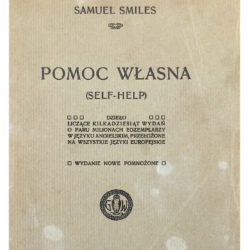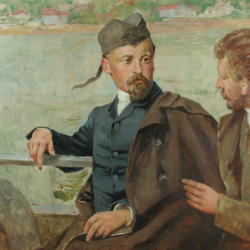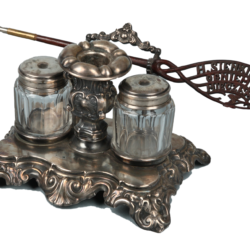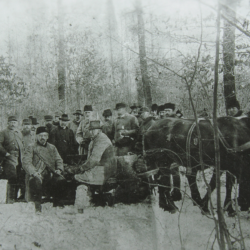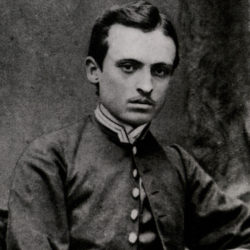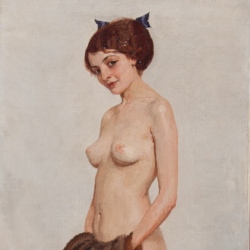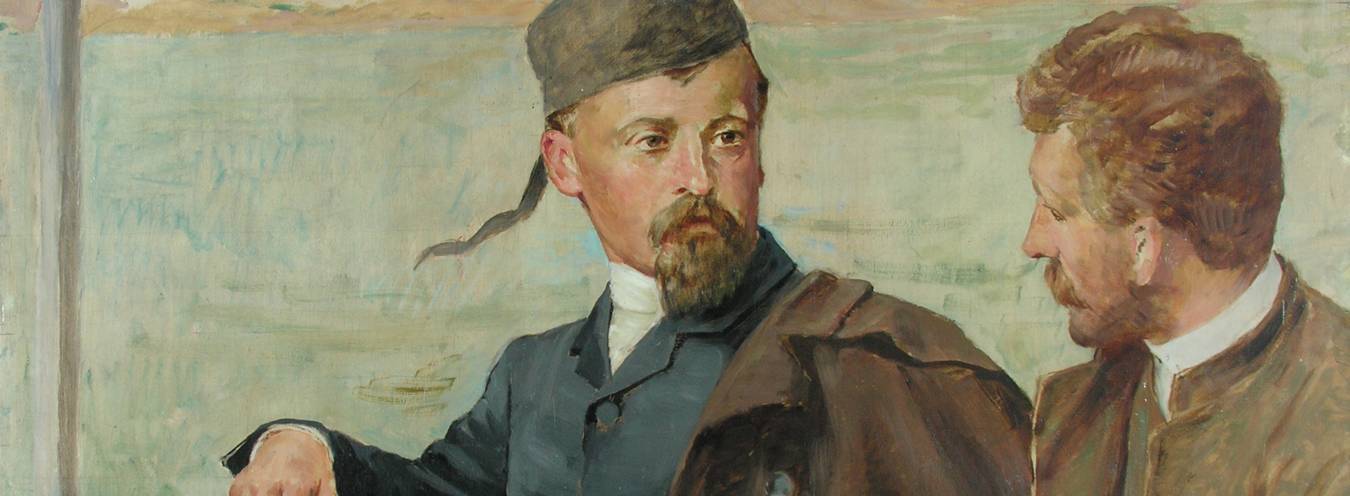
The Model of Masculinity
Despite the numerous works analyzing the crisis of masculinity in 19th century literature (suffice to mention the often observed “eternal crisis of masculinity” and the images of the great men of the past[1]), in this text, we are dealing with a very traditional model. This model includes elements such as “activity, being in control of both the world and of one’s emotional life, being in sovereign power, authoritarianism, strength, resoluteness, fantasies of being a hero or achieving something extra-ordinary, transcendent virility, assertiveness in general as well as in sexuality.”[2] Masculinity is always positively valued, in contrast to effeminacy – this dichotomy appears repeatedly in the texts quoted: both in Samuel Smiles’ work on self-help from 1859, and in the works of Sienkiewicz (American correspondence and private letters[3]). Hence the conscious ambiguity of the popular phrase used in the title – the “self-making” of the self-made man is supposed to refer to constructing oneself both as a human and as a male, for which the space of the foreign culture seems particularly favorable.
Przypisy
- “In research on the history of masculinity, the turn of the twentieth century and in Great Britain the end of the seventeenth century are often mentioned as periods of crisis for males and masculinity. However, in Tjeder (1999) we can read that there has been a worry about lost masculinity during the entire nineteenth century judging from. among others, the existing advice manuals from that time. As a matter of fact, Tjeder questions whether there has ever been a period without worries about lost masculinity. ‘Men were supposedly always more masculine in the past’ writes Tjeder.” Having quoted this conclusion, Gunnar Karlsson advances the thesis that it might be a childish projection of the image of a powerful father.”(D. Tjeder, “Konsten att blifva herre öfver hvarje lidelse: den ständigt hotade manligheten” [The Art to Become Master of Every Passion], in A.M. Berggren, Manligt och omanligt et historiskt perspektiv [Manly and Unmanly in a Historical Perspective], Report 99:4, Forskningsrådsnämnden 1999, p. 179; quoted after G. Karlsson, “Masculinity as Project. Some Psychoanalytic Reflections”, NORMA: International Journal for Masculinity Studies, vol 9, No. 4 2014, pp. 256-257.
- In psychoanalytic terms, this model corresponds to “phallic masculinity” (G. Karlsson, op. cit., p. 250). In pre-Freudian times, it was the most common model (if not the only one that was commonly accepted) in European culture.
- “You are writing to me that I should go back to Warsaw. Obviously, I will, because I miss my fellow countrymen sometimes. Still, I feel so well here, so healthy, so blissful. Americans are so brave, so loyal, righteous, and virtuous that once you get used to their brusqueness, it is impossible not to love them, simultaneously coming to the conclusion that our Europe got old, wicked, effeminate, and disgraceful.” H. Sienkiewicz, Listy [Letters], vol. 3, part 2, edited, annotated, and with an introduction by M. Bokszczanin. Warsaw 2007, pp. 449-451.

